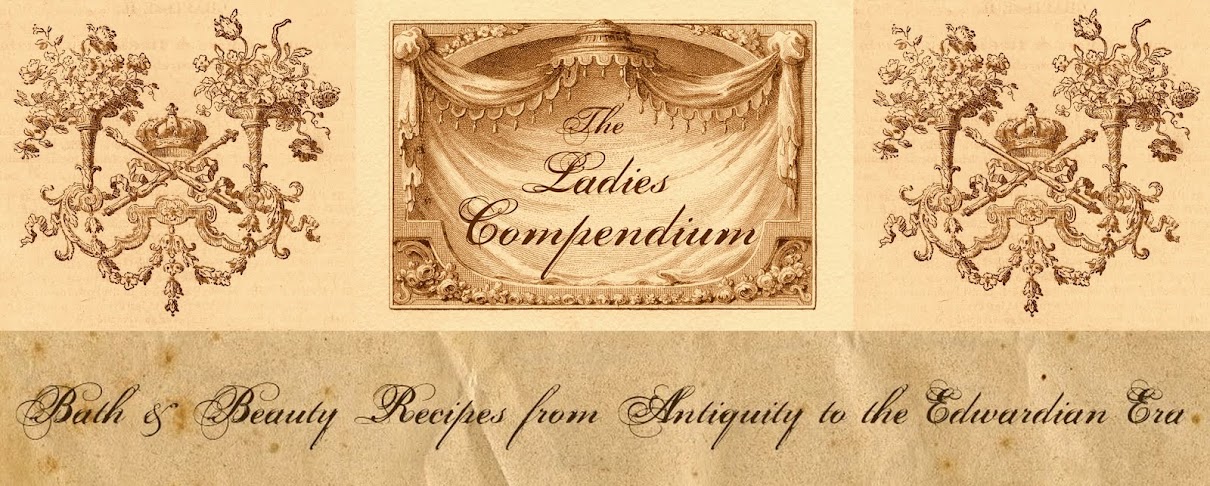also known as Extrait de Narcisse.
Narcissus #1:
Extract of Narcissus:
Narcissus #1:
- 2 qts extract of jonquille, made from pomade
- 2 qts extract of tuberose, made from pomade
- 1 oz tincture of storax
- 3 oz Narcissus (synthetic by Verley)
Narcissus #2:
- 3 qts extract of jonquille, made from pomade
- 1 qt extract of orange flower, made from pomade
- 2 qts extract of tuberose, made from pomade
- 1/2 pint tincture of vanilla
Extract of Narcissus:
- 1 pint extract of jasmine
- 1 pint extract of cassie
- 1/2 pint extract of rose
- 1/2 pint tincture of orris
- 1/4 pint tincture of vanilla
- 1/4 pint tincture of civet
- 1 dram oil of almonds
- 8 oz orange flower water, triple
Narcissus
- Caryophyllin 10 minims
- Extract of tuberose 16 ounces
- Extract of jasmine 4 ounces
- Oil of neroli 20 minims
- Oil of ylang ylang 20 minims
- Oil of clove 5 minims
- Glycerine 30 minims

